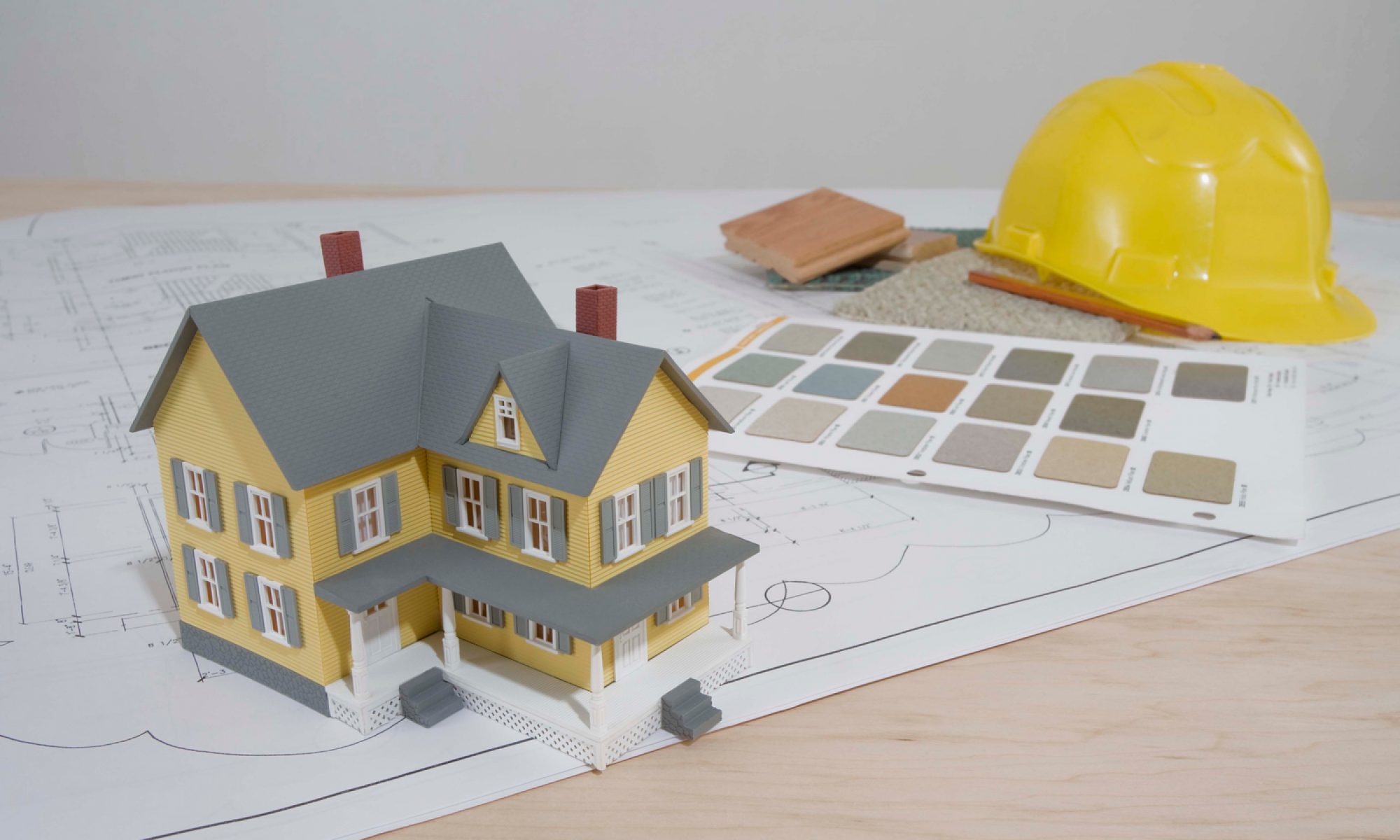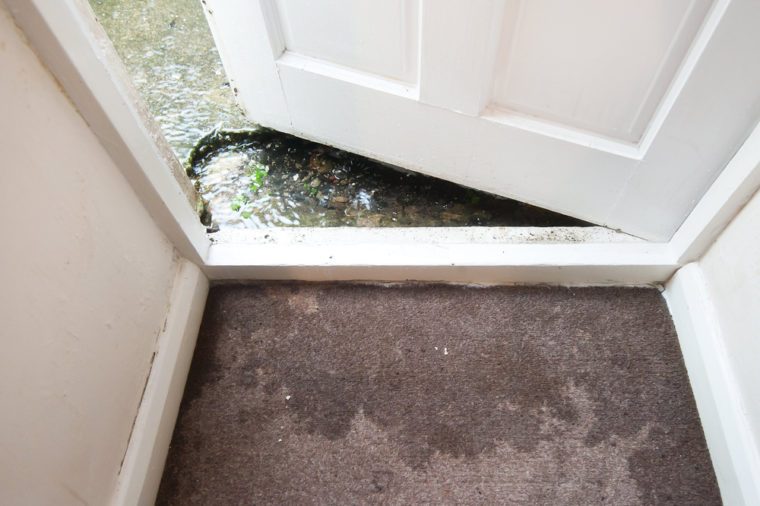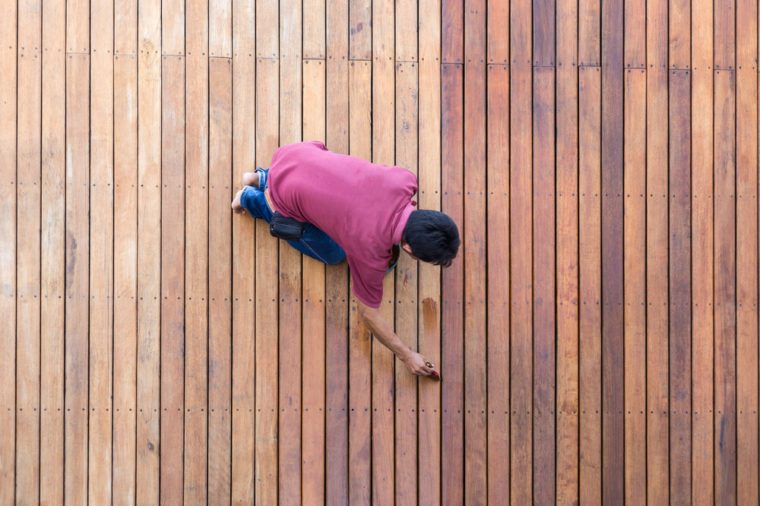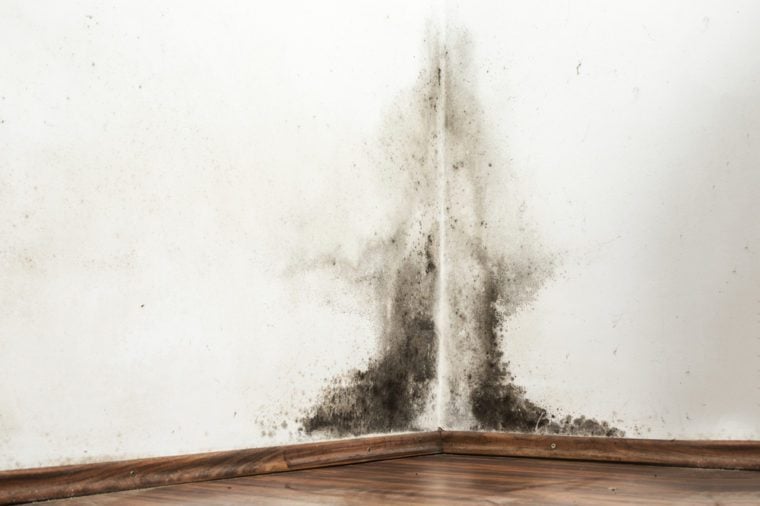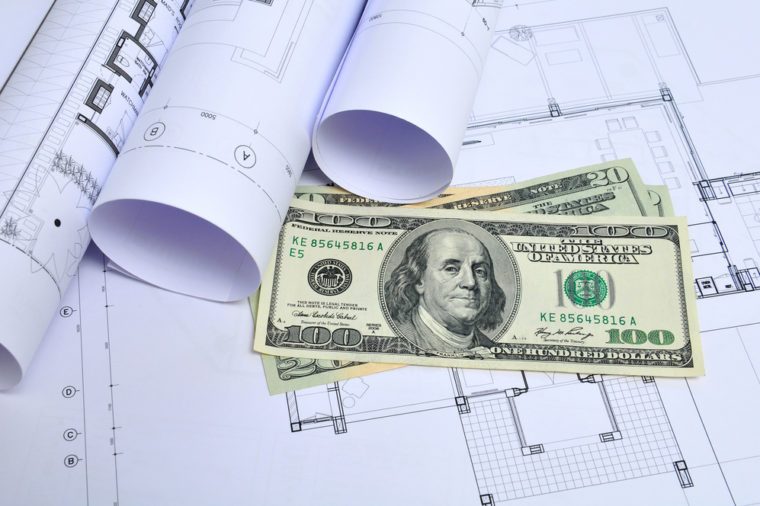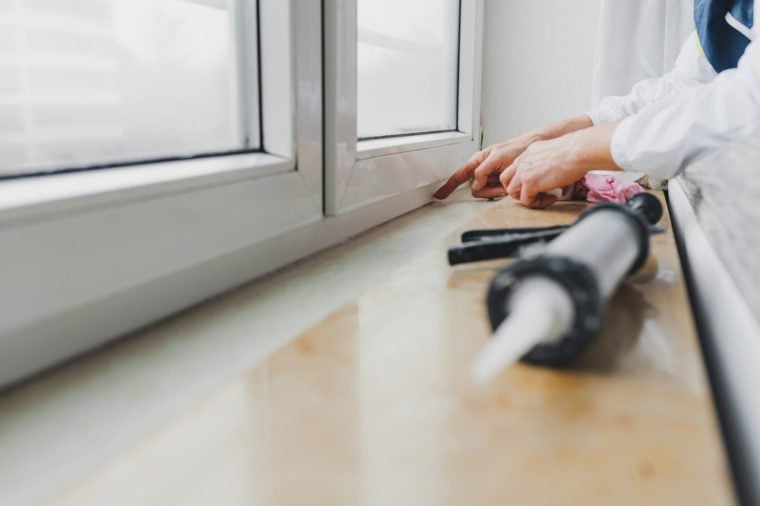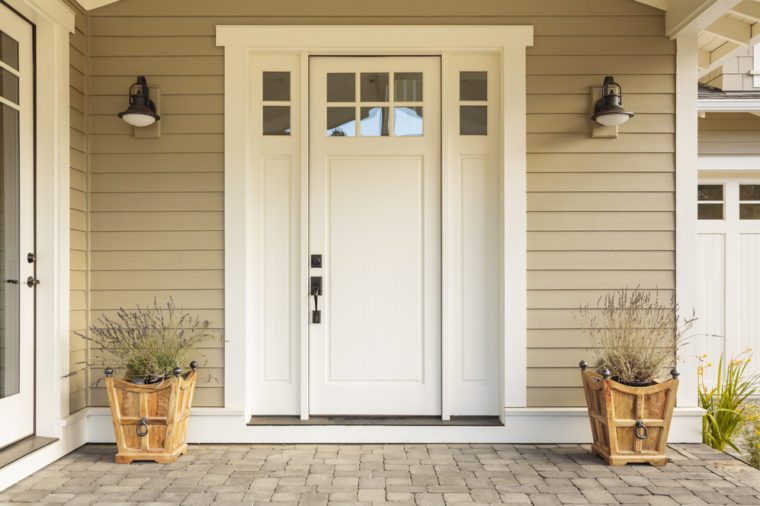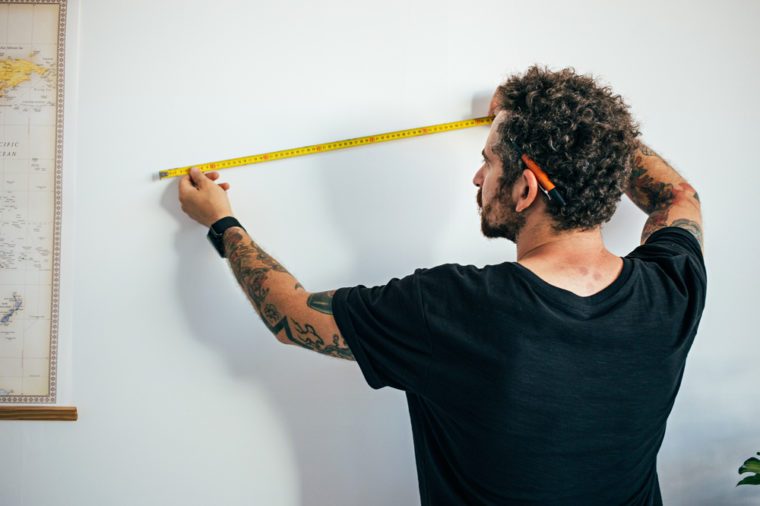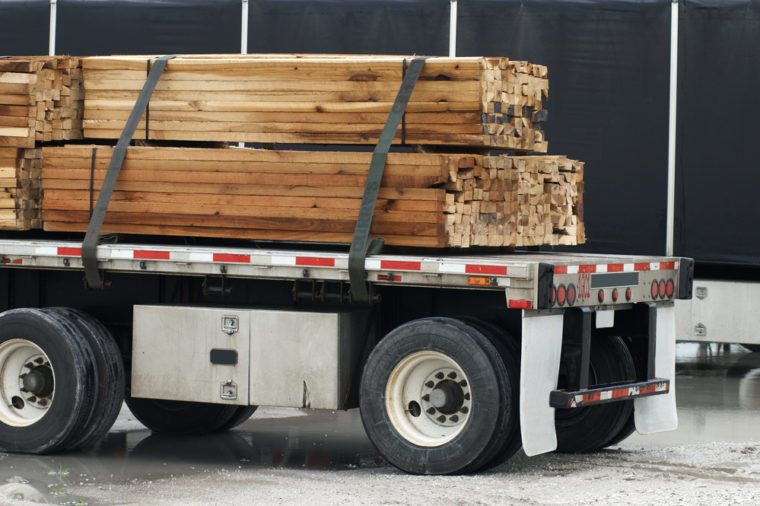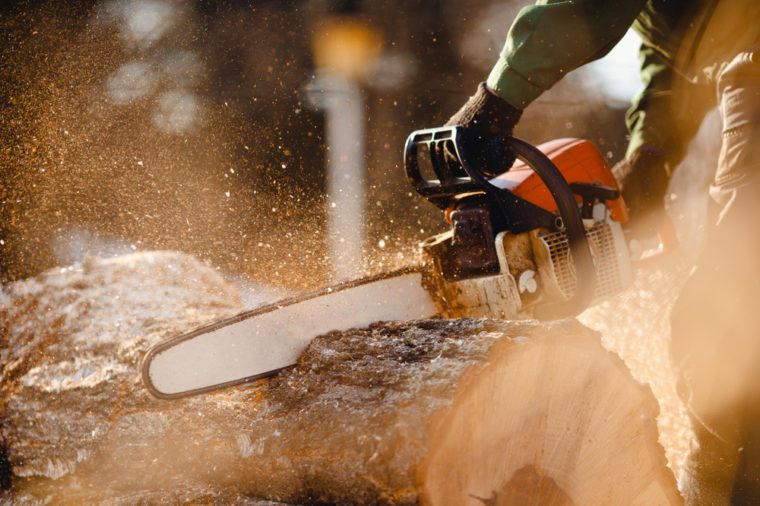Home remodeling takes a lot of your time, energy, focus, and money. Whether you are renovating your bedroom, bathroom, lounge, kitchen, or even the entire house, you must plan everything from your budget to the color schemes and how to make it all work together.
In home improvement, kitchen remodeling is the most lucrative as well as painstaking. It is the center of every function in your house. It is especially difficult when you must live in the house as it is being renovated. Contractors do their best to work with families throughout this stressful time to ensure that homeowners can still use parts of their kitchens.
To simplify the predicament, we have made a list of top 5 tips to help while you are having your kitchen space remodeled.
-
Budget
Before you start remodeling, you must determine that how much money you are willing to spend on home remodeling. In the case of remodeling a kitchen, you must decide that you want a low-end, medium-end or high-end kitchen. For that purpose, you can scan the market and your residential area that what type of kitchen designs are being adapted there. From that you can decide for the optimum choice that you want to consider for your kitchen. Kitchen remodeling contractors will often help homeowners with this process.
-
Changing or Keeping the Existing Floor Plan
If you are on a budget, home improvement plans can be a tricky situation and in kitchen remodeling changing your plumbing and/or your kitchen layout can be even trickier. As a rule of thumb, if you change one section of your plumbing or move the position of your appliances, it adds an extra $5000 to your budget. It looks very easy to change your plumbing and floor plan, but in fact it is not easy at all. Whatever you decide to do, you should always keep in mind the triangle shape between your stove, refrigerator and sink for the optimum use of the workspace and traffic flow in your kitchen.
-
Bring Focus to Your Cabinets
New cabinets, new flooring, and new appliances are not the only solutions to consider when having your kitchen remodeled. Refacing existing cabinets, adding splashes of color, updated hardware and accessories can make a lot of difference.
-
Incorporating Color
You can add a new life and buzz into your kitchen by incorporating contrasting colors in it. It will give a visual interest to your kitchen. It is important in all home improvement projects that you choose a color pallet that accentuates all the good features within your home. Similarly, in your kitchen you can make a contrast of a bold and a neutral color or if you are going for a monochromatic look, you can choose contrasting tones.
-
Small Changes Make Big Impacts
There are many ways to renovate your home and kitchen. When deciding what and how you want each space done consider why you are remodeling. Are you remodeling spaces to add functionality or mainly for aesthetic purposes? If it is for functional purposes? If yes, then many times your renovations will be a bit costlier as they may require moving walls, electrical outlets, lighting, and plumbing. If you are remodeling mainly for aesthetic purposes and a change in the look of your space is desired then changing the color of paint, updating accessories, and some modified lighting may be more than enough.
We hope that the tips that we have mentioned above will give you the idea on tips and tricks required while remodeling your kitchen. JFC Remodeling, out of Howell, Michigan, offers a variety of construction services for the home including: kitchen and bath remodeling, flooring renovations, and home remodeling. You can find out more information at http://www.jfcremodeling.com or by reaching out to our home renovation specialists at 810.923.1123.
